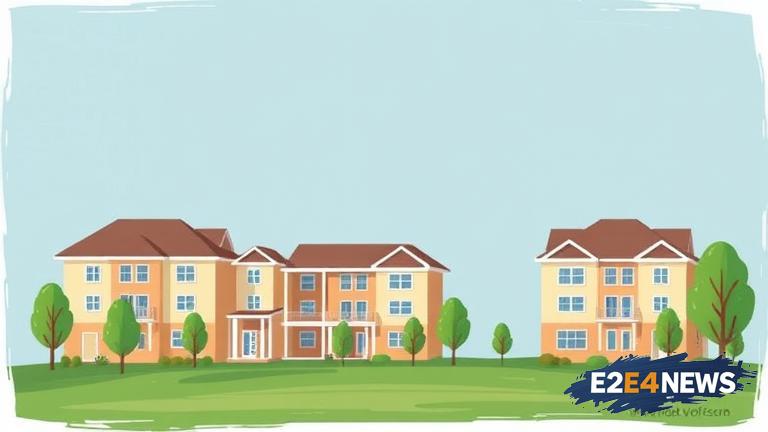The senior living industry is experiencing a significant surge in occupancy rates, driven by a historic low in construction rates and a substantial increase in demand from baby boomers. This trend is expected to continue in the coming years, with the baby boomer population projected to drive growth in the industry. According to recent data, senior living occupancy rates have reached a record high, with many communities reporting waitlists and high demand for available units. The low construction rates are attributed to various factors, including high labor and material costs, as well as regulatory hurdles. Meanwhile, the baby boomer population is aging, and many are seeking senior living options that offer a range of amenities and services. The demand for senior living is not only driven by the need for care and support but also by the desire for social interaction and community engagement. As a result, senior living communities are evolving to meet the changing needs and preferences of this demographic. Many communities are incorporating innovative technologies, such as artificial intelligence and virtual reality, to enhance the resident experience. Additionally, there is a growing focus on wellness and lifestyle programming, with many communities offering fitness classes, art programs, and other activities designed to promote physical and mental well-being. The surge in demand is also leading to an increase in investment in the senior living industry, with many developers and investors seeking to capitalize on the growing market. However, the industry is not without its challenges, including staffing shortages and regulatory complexities. Despite these challenges, the senior living industry is poised for continued growth and innovation, driven by the increasing demand from baby boomers and the need for high-quality, supportive living options. The industry is expected to evolve in response to changing consumer preferences and technological advancements, with a focus on delivering personalized, resident-centered care. As the baby boomer population continues to age, the demand for senior living is likely to remain strong, driving growth and innovation in the industry. Furthermore, the senior living industry is expected to play a critical role in addressing the social and economic challenges associated with aging, including social isolation, healthcare costs, and workforce development. Overall, the senior living industry is experiencing a period of significant growth and transformation, driven by a combination of demographic trends, technological advancements, and changing consumer preferences.
